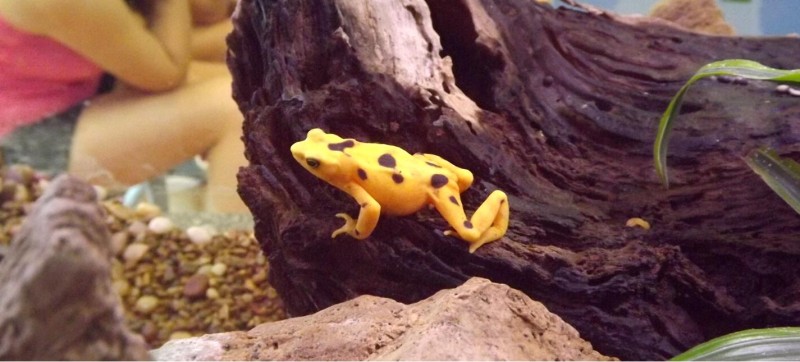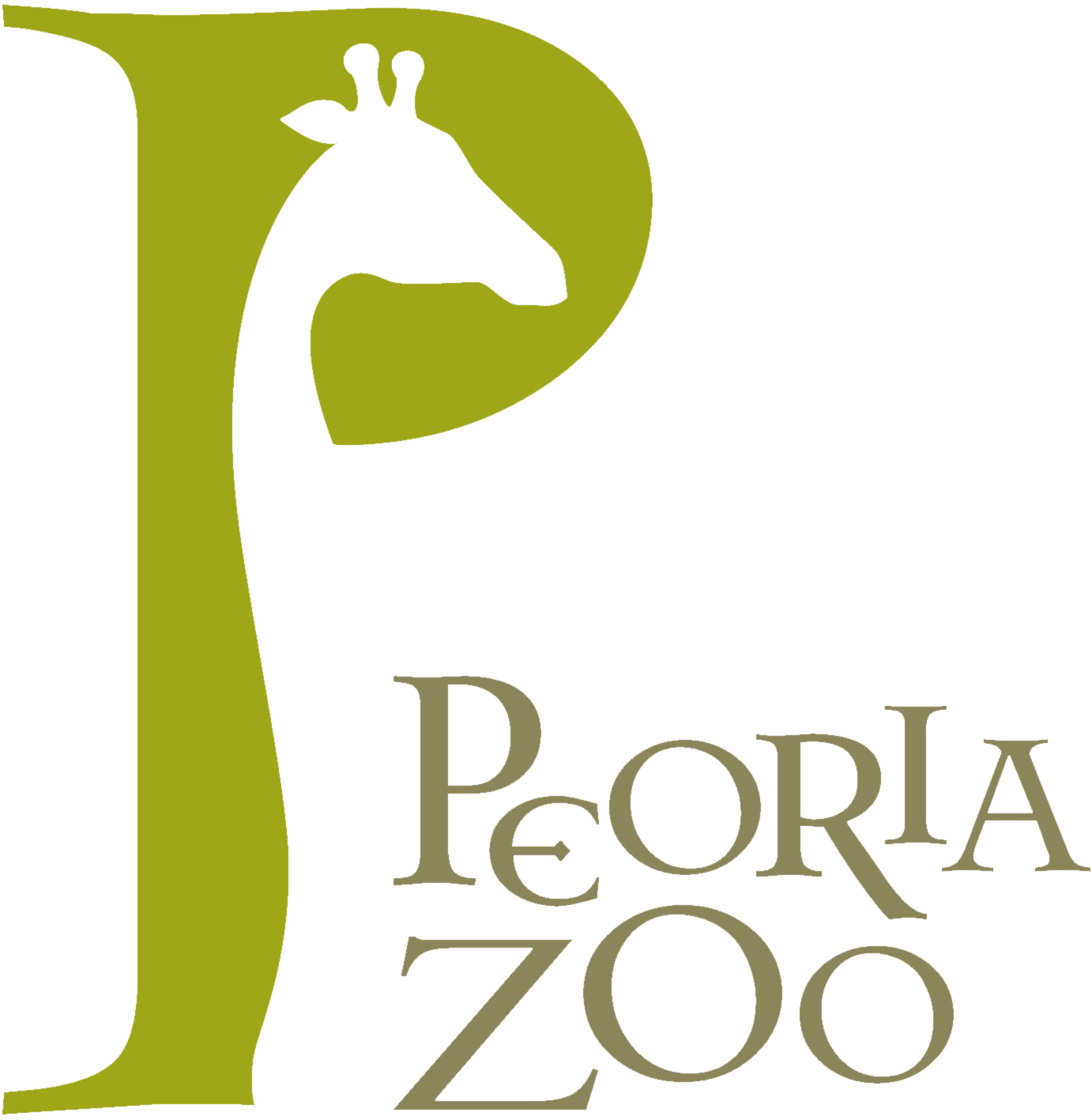Panamanian Golden Frog - Atelopus zeteki



Habitat:
Found in both dry and wet forest areas. They inhabit tropical forest regions, particularly on mountains near streams.
Range:
the central Cordilleran rainforest in west central Panama
Activity Cycle:
Diurnal
Features:
Their colors range from brilliant gold, egg-yolk or pale yellow, to a greenish-yellow. Their individual black patterns may vary from large solid chevrons, large random blotches, lots of small spots, few markings at all somewhat isolated to sides and limbs, to no markings whatsoever.
Size:
About 1 ½ inches in length. Weight: 3-5 grams (Males) 4-7 grams (Females)
Social Structure:
Males are highly territorial and will defend their territory. Females can be housed together with no stress to them.
Life Expectancy:
~10 years
Diet:
Wide variety of arthropods
Reproduction:
Amplexus can last from a few days up to 2 months, with males probably not feeding during this time and females can become exhausted carrying around the extra weight of the male. The amplectant pair search for a suitable underwater, darkened rock crevice to lay eggs. Preferred sites have good water circulation to aerate the eggs that are arranged in strings. The 200-900 white eggs are light-sensitive, thus the need to lay them underneath a darkened rock. Hatching begins in 2-6 days and the tadpoles graze on diatoms (golden-brown algae) on the surface of rocks while adhering to the rocks in the swiftly moving water by utilizing their suctorial ventral disc. They have been observed climbing up rock surfaces into elevated pools while feeding. The tadpoles metamorphose into green and black froglets within 120-240 days. Although a few have been
Status:
Listed as critically endangered on the IUCN Red List, listed endangered with USFWS, and are possibly extinct in the wild. It is under Appendix I of CITES and AZA cooperatively manages this species as a Species Survival Plan.
Interesting Facts:
- Like other frogs and toads, the golden frog is capable of secreting poison to help protect themselves from predators.
- Unlike other frogs, the Panama golden frog lacks eardrums and communicates by waving its hands.
- They can only be housed in AZA facilities.

AZA cooperatively manages this species as a Species Survival Plan® Program.
Video:
Prices
- Adult (13 and over)$12.50
- Child (2 - 12)$9.00
- Child (1 and Under)FREE
- Senior (65+)$11.50
- Active Military$11.50
We begin transferring animals to evening (off exhibit) holding at 4:30 each night.
Find Us
2320 N. Prospect Rd.
Peoria, IL 61603
Phone: 309-686-3365
Open Daily 10:00-5:00
Last admission at 4:30
